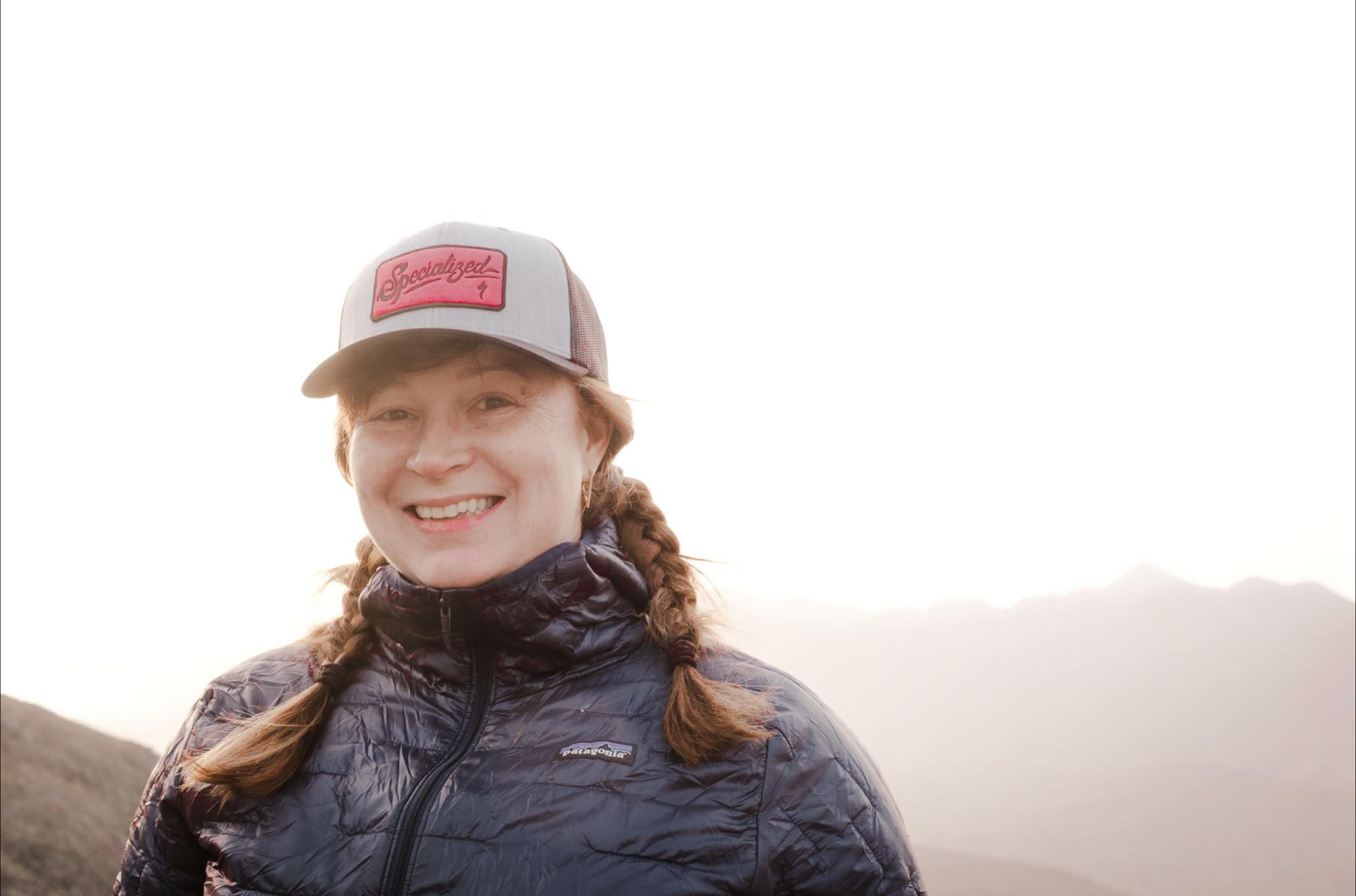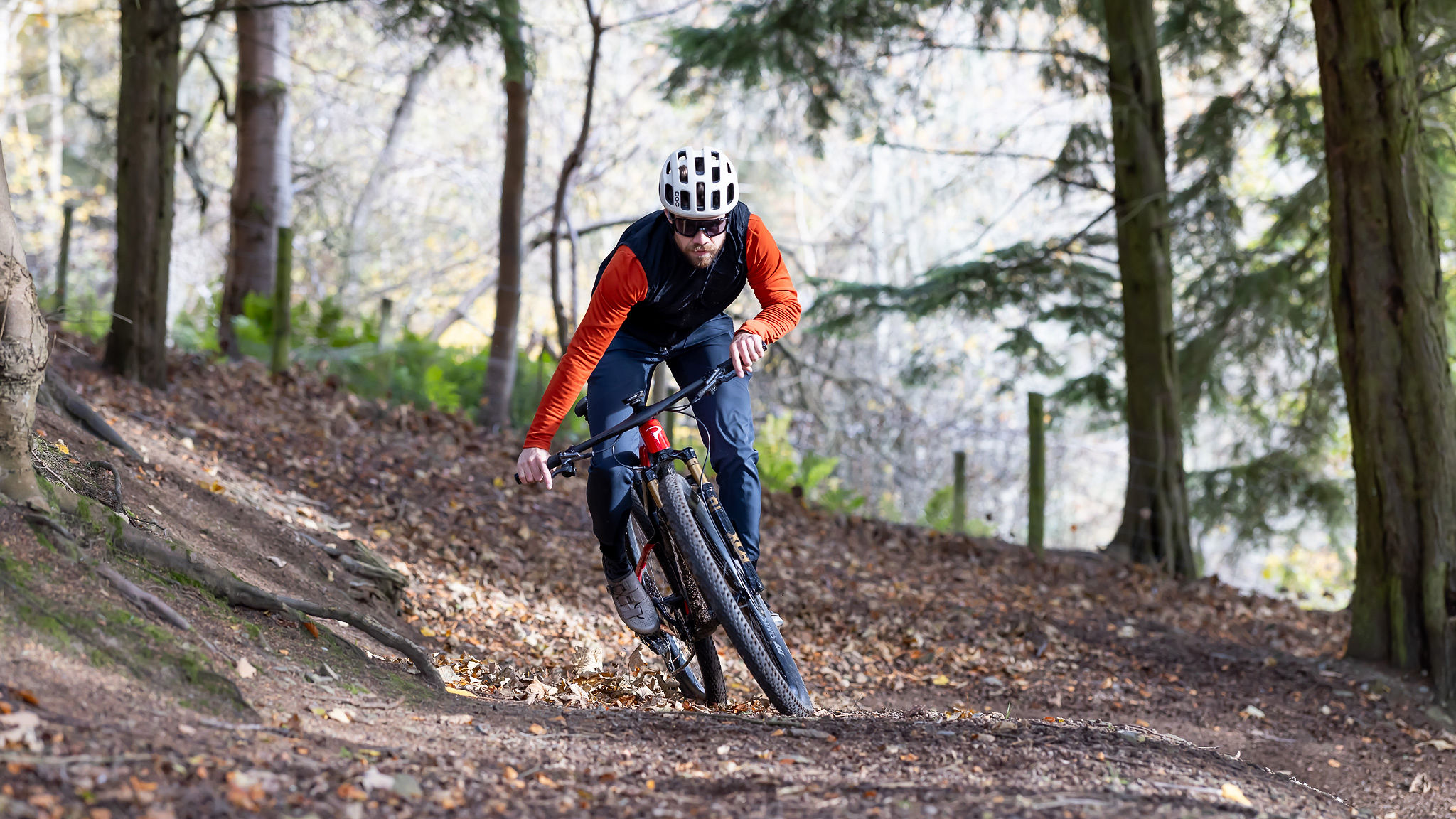Best women’s MTB saddles – comfortable women-specific off-road saddles
The best women's MTB saddles perform well and keep you comfortable for hours on the trails, here's our pick of the best
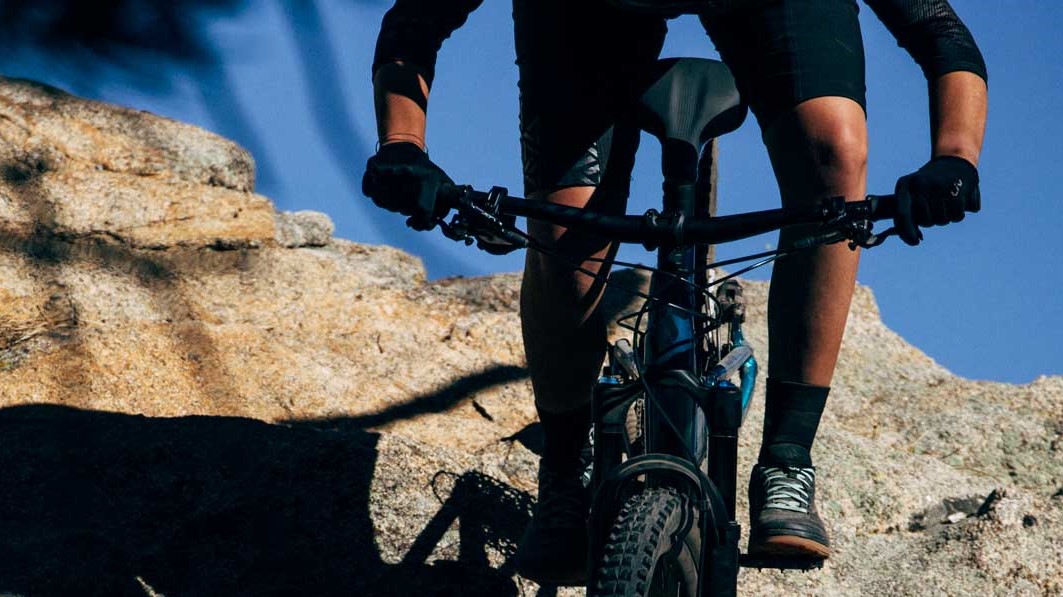
The difference between the best women's MTB saddles and the not-so-great ones can make or break your day on the trails. Getting a saddle worthy of the best women's mountain bikes can make the difference between hours of fun, and an uncomfortable and possibly painful experience, so we’ve done the legwork to help you narrow down your search.
This list of the best women's mountain bike saddles covers a range of price points to suit most budgets, across a selection of different saddle shapes and designs. We’ve tried and tested all of the following saddles on long all-mountain adventures, short trail center blasts, and everything in between to bring you the pick of the best women’s MTB saddles available today.
When it comes to the best mountain bike saddles, our pick of the list is the Specialized Power with Mimic, which offers unsurpassed soft-tissue comfort. The Ergon SM Women saddle comes hot on its heels, while the Liv Sylvia is an exceptional low-price choice.
That said, finding the best MTB saddles for comfort is a very personal thing and what works well for one rider won’t necessarily suit another, so while each of these are saddles we'd highly recommend, you may need to try a few before you strike saddle comfort gold.
Without further ado, read on for our list of the best women's MTB saddles. If you're not sure what you need, then skip ahead to our guide on what to look for when buying women's mountain bike saddles.
Best women’s MTB saddles
Why trust BikePerfect
1. Best overall
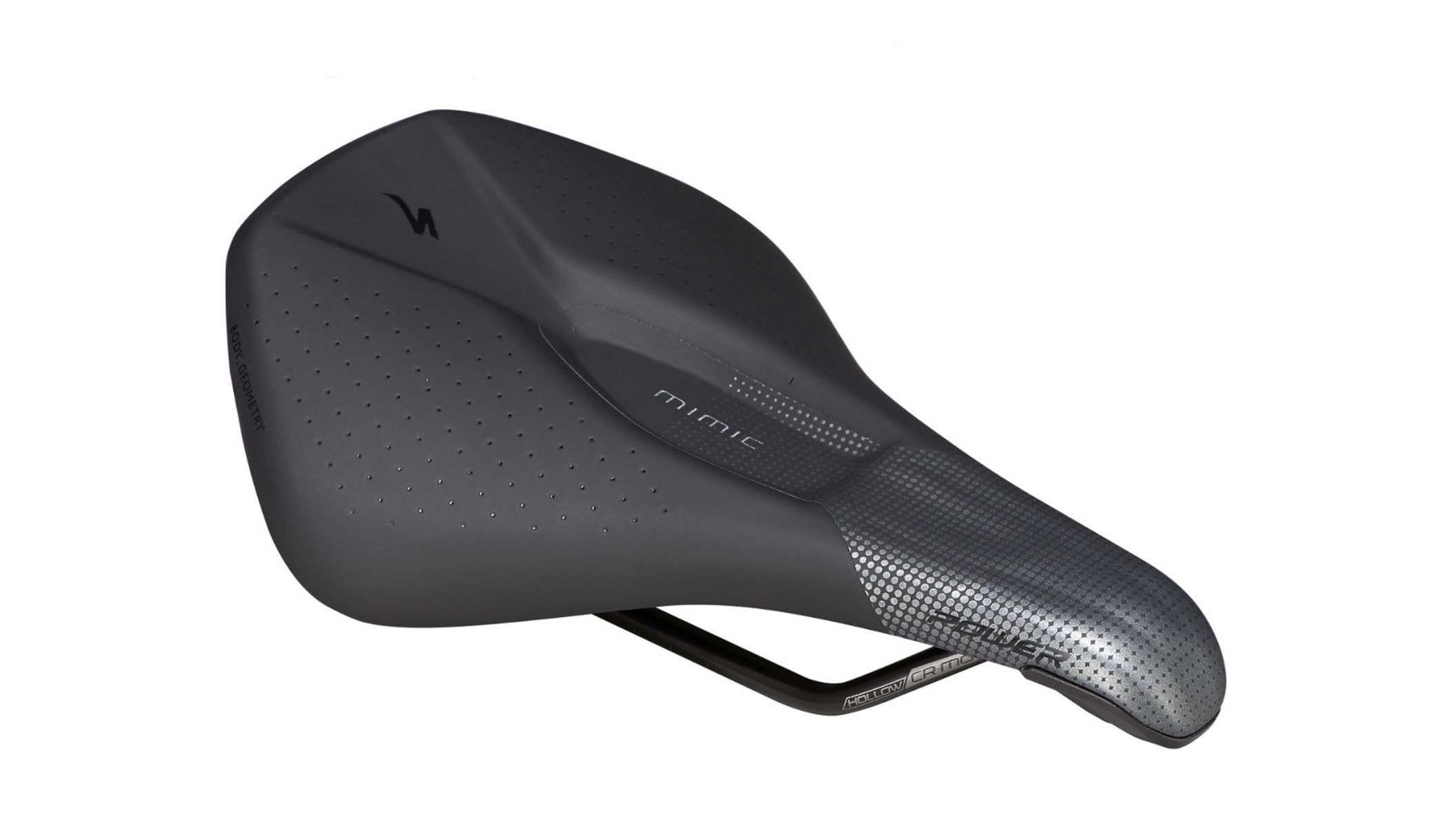
Specialized Power Comp with Mimic
Specifications
Reasons to buy
Reasons to avoid
The Power saddle started as a women’s saddle, then gained popularity with male riders too, and has seen a lot of development since then. The addition of Mimic technology is probably the most impressive; zones of the saddle at the nose, channel, and rear have had foam or gel placed in them that mimic the density of the soft tissue resting on them.
The result is an impressively comfortable saddle that many riders swear is worth the slightly higher price tag. This is the entry-level model but if you want lighter and more high tech there are models above this one with titanium rails and carbon shells.
While it looks like this saddle has a channel rather than cut out, it's somewhere between the two, with the central cut-out covered by a thin, density-matching layer that's designed to cushion the necessary area.
Other features we love include the truncated nose and the flared wings which provide plenty of support and a nice bit of cushioning for the sit bones when pedaling. All in all, this is the most comfortable saddle we’ve tested.
An added bonus is that the saddle is compatible with Specialized’s SWAT (Storage, Water, Air, Tools) mounts which makes attaching a saddle bag or other kit a doddle.
2. Best value
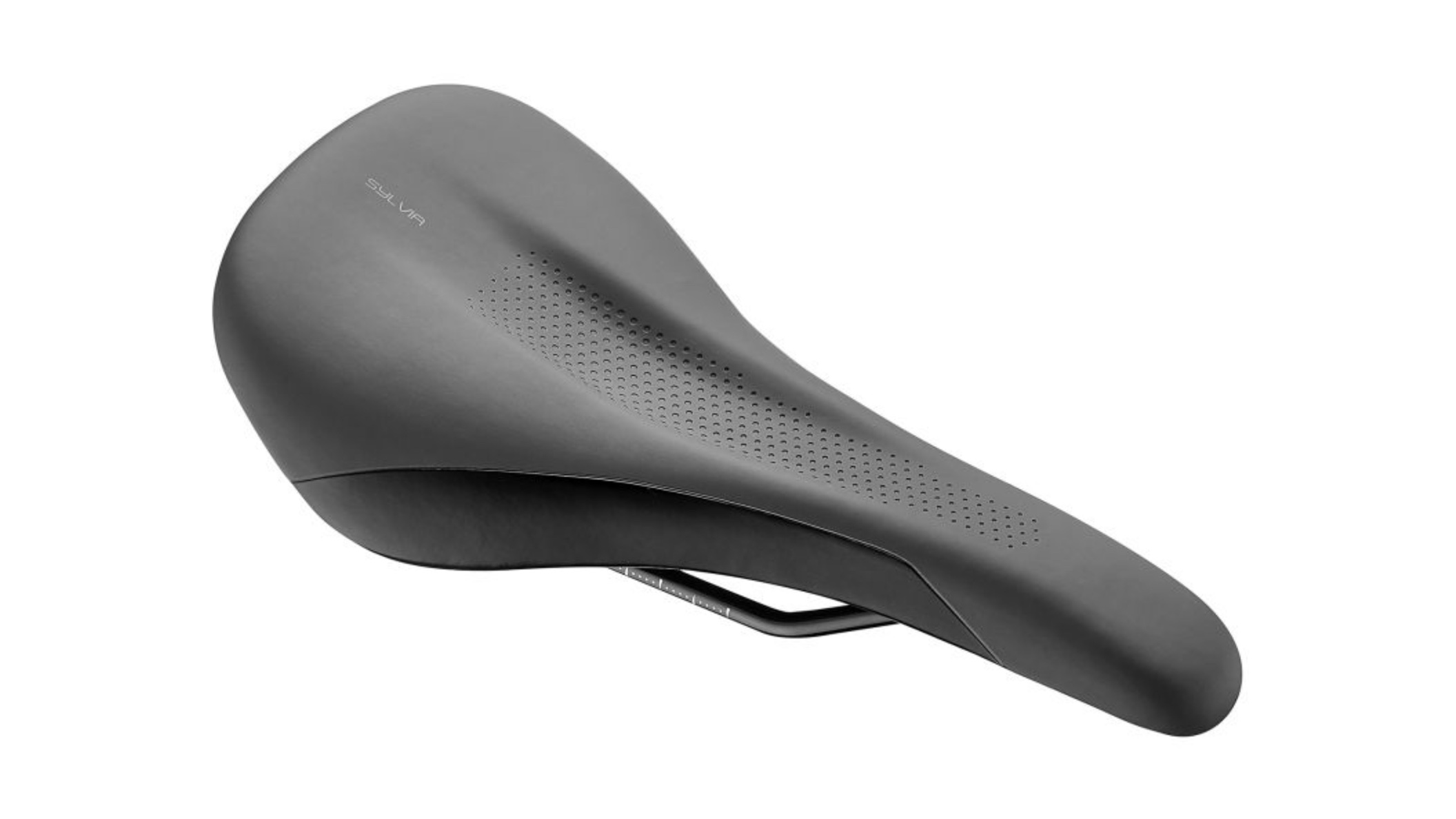
Liv Sylvia
Specifications
Reasons to buy
Reasons to avoid
For riders who want a well-designed saddle that doesn’t break the bank, the Liv Sylvia is an excellent choice. Zoned padding provides support where it’s needed and cushioning elsewhere. Built-in flex-in wings allow them to move with the rider when pedaling hard, and prevent them from cutting into the upper thighs.
The central pressure relief channel does just that, without concentrating pressure around its perimeter, partly due to the extra-soft foam located there. The slightly downward tilt on the end of the long nose of the saddle makes things a lot more comfortable when leaned forward on hard climbs while the flatter main platform provides great support for general riding.
If you want to splash a bit more cash and save weight, there is also the slightly pricier Sylvia SL with lighter metallic rails.
3. Best for aggressive cross-country position
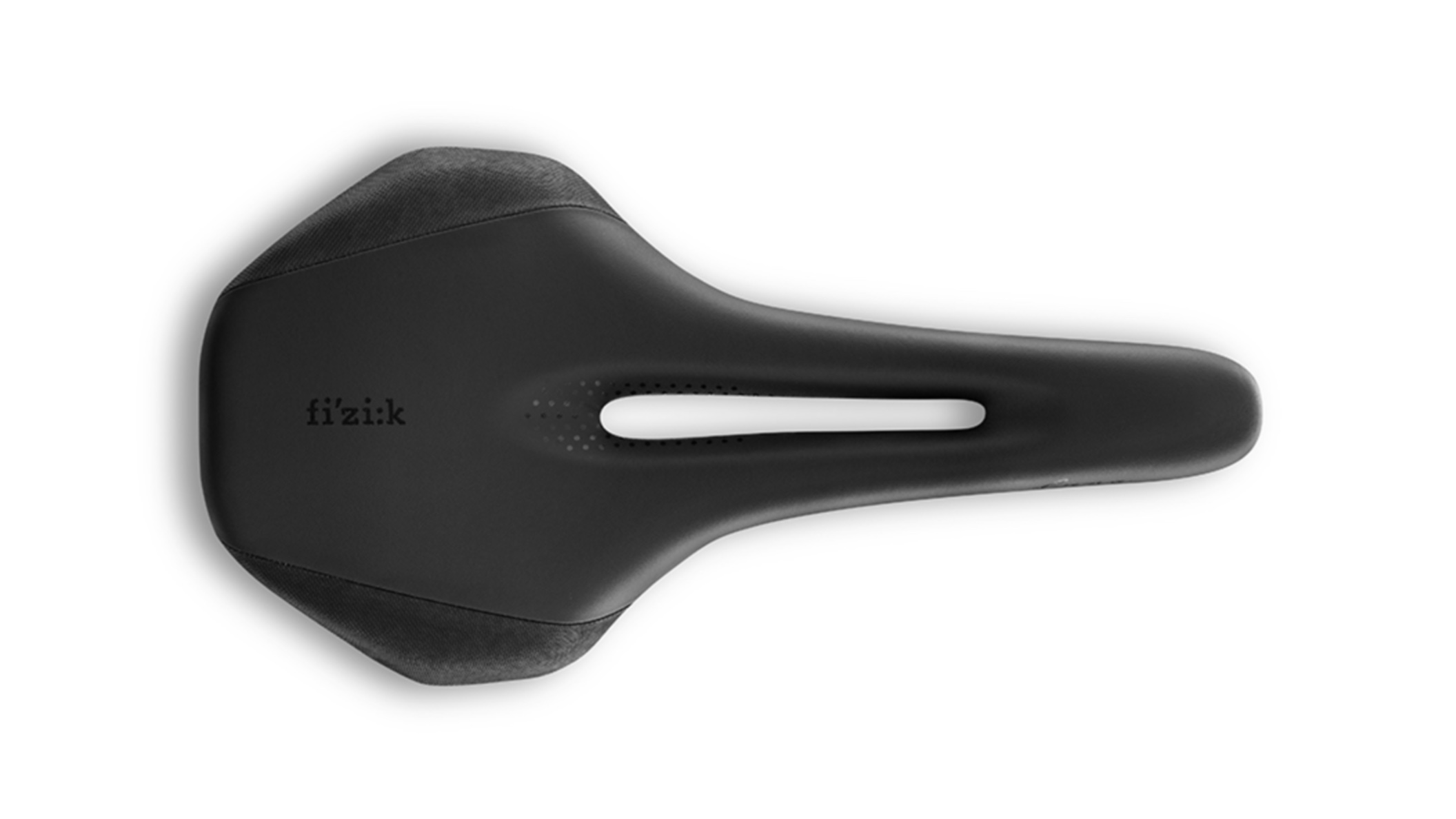
Fizik Luna X5
Specifications
Reasons to buy
Reasons to avoid
Designed specifically for women with a focus on endurance, trail, and enduro MTB riding, the Fizik Luna X5 combines a narrow nose and wide wings with a wide main platform, and a slight rise to the rear. This design offers plenty of cushioning for the sit bones, with the narrow nose and central cut-out providing the right blend of support without adding pressure to the soft tissue.
The tip of the saddle nose is slightly bulbous which can rub uncomfortably towards the front of the genital area, so getting the saddle angle right is absolutely crucial here.
The aforementioned wings are constructed from a thermoplastic elastomer that is more flexible than the main body of the saddle, which means they’ll flex and move with the upper legs while pedaling, reducing the chances of chafing or pressure points. One slight downside here is that the sharp angles of the wings mean that clothing can catch on them if moving in and out of the saddle a lot.
4. Best value
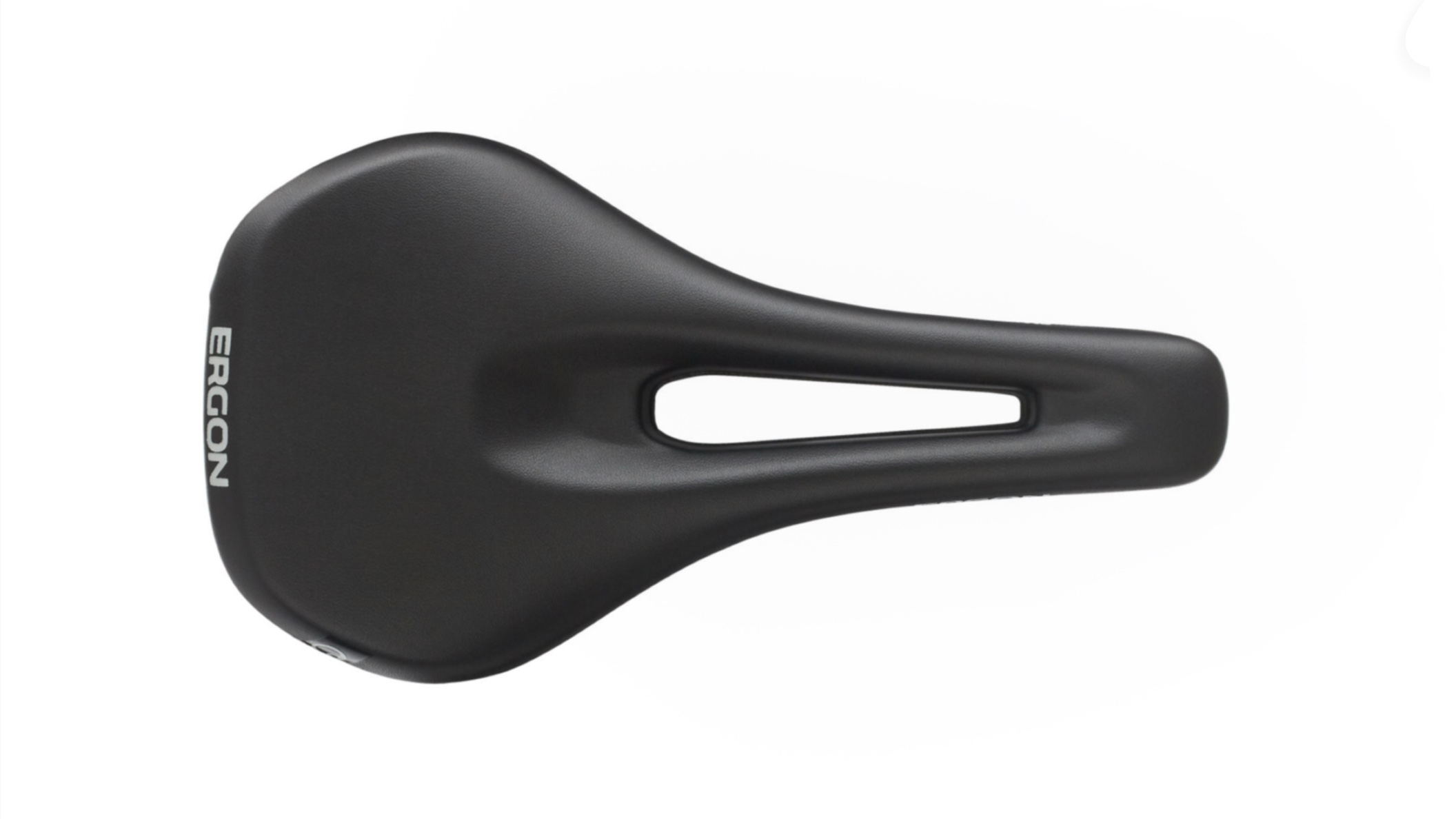
Ergon SM Women
Specifications
Reasons to buy
Reasons to avoid
If your main concern is comfort rather than weight or performance, then the Ergon SM Women saddle is an excellent choice for a very reasonable price. While it’s relatively heavy, it does offer plenty of supportive, dense foam which makes long rides a lot more pleasant. This foam is augmented by gel padding around the sides and the central cut-out, which relieves pressure on the soft tissue of the undercarriage and surrounding areas.
The SM Women has a very flat profile when viewed from the side, with a wide platform which is great when seated and pedalling for long periods of time. There is a very slight slope up at the back which helps provide a bit of support on climbs.
The mid-section of the saddle where the nose reaches the platform is fairly wide, so if you know you tend to feel your upper thighs rubbing on the saddle, this might be an issue for you with this saddle.
5. Best for trail riding
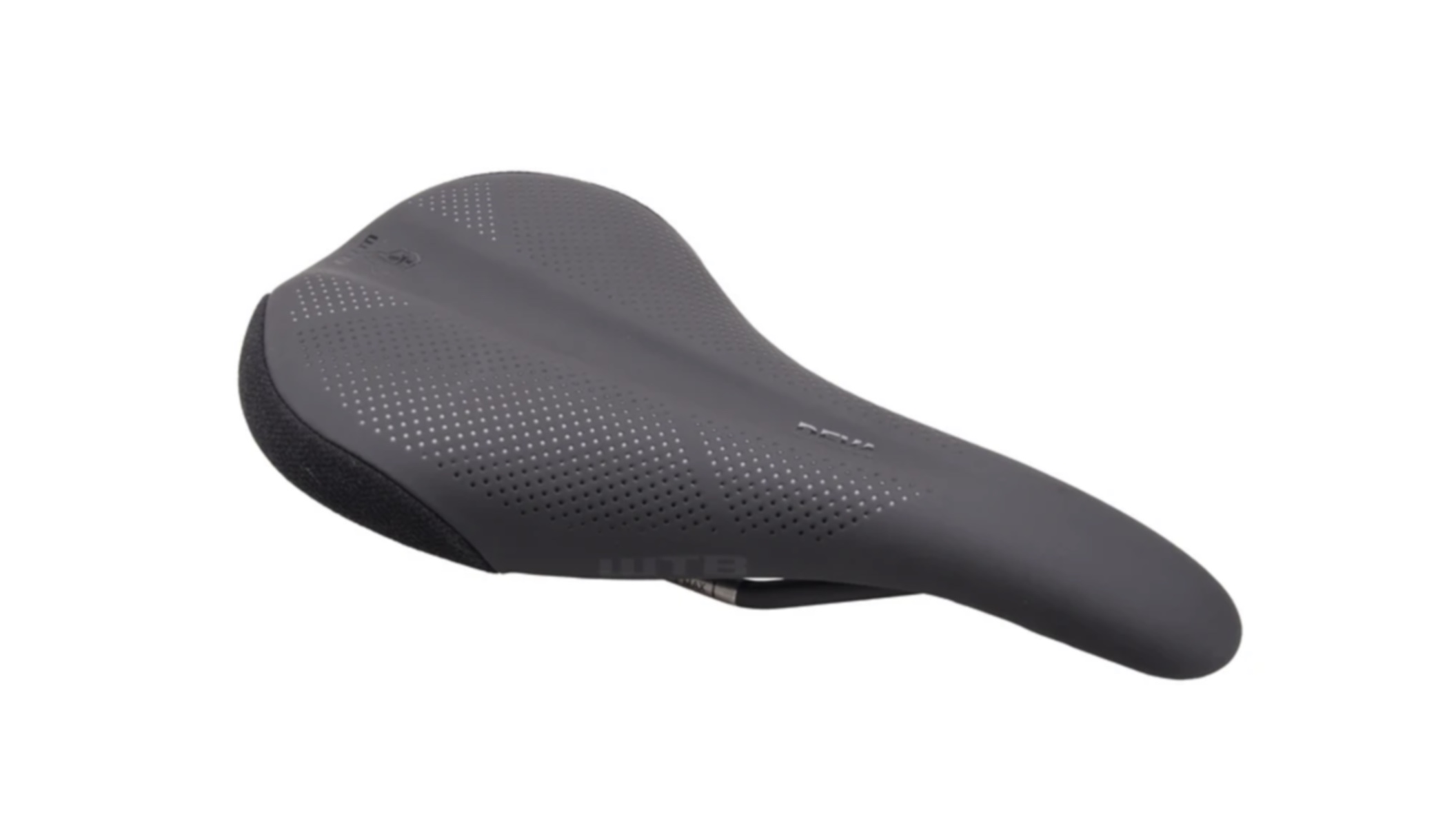
WTB Deva
Specifications
Reasons to buy
Reasons to avoid
In saddle terms, the WTB Deva is a classic, and with good reason. It’s been on the scene for years, clocking up fans regardless of gender. Its simple design suits a range of riders and riding types, and while it was designed originally for female riders, like the Specialized Power it’s very popular with male riders too.
The saddle combines a flat profile with a slightly downward curving short nose which reduces pressure on the front of the genital area while still providing support when leant forward on climbs.
While there is a central channel, it is fairly shallow so may not suit riders who are sensitive to pressure in the area around the vulva.
The rear of the main platform is flat, offering support while pedaling, while the mid-section cross-section is more curved, which is great if you tend to shift position a lot when riding. Perforations in the microfibre offer a little bit of grip where it’s needed, particularly in muddy conditions, without inhibiting movement into and out of the saddle.
6. Best for versatility
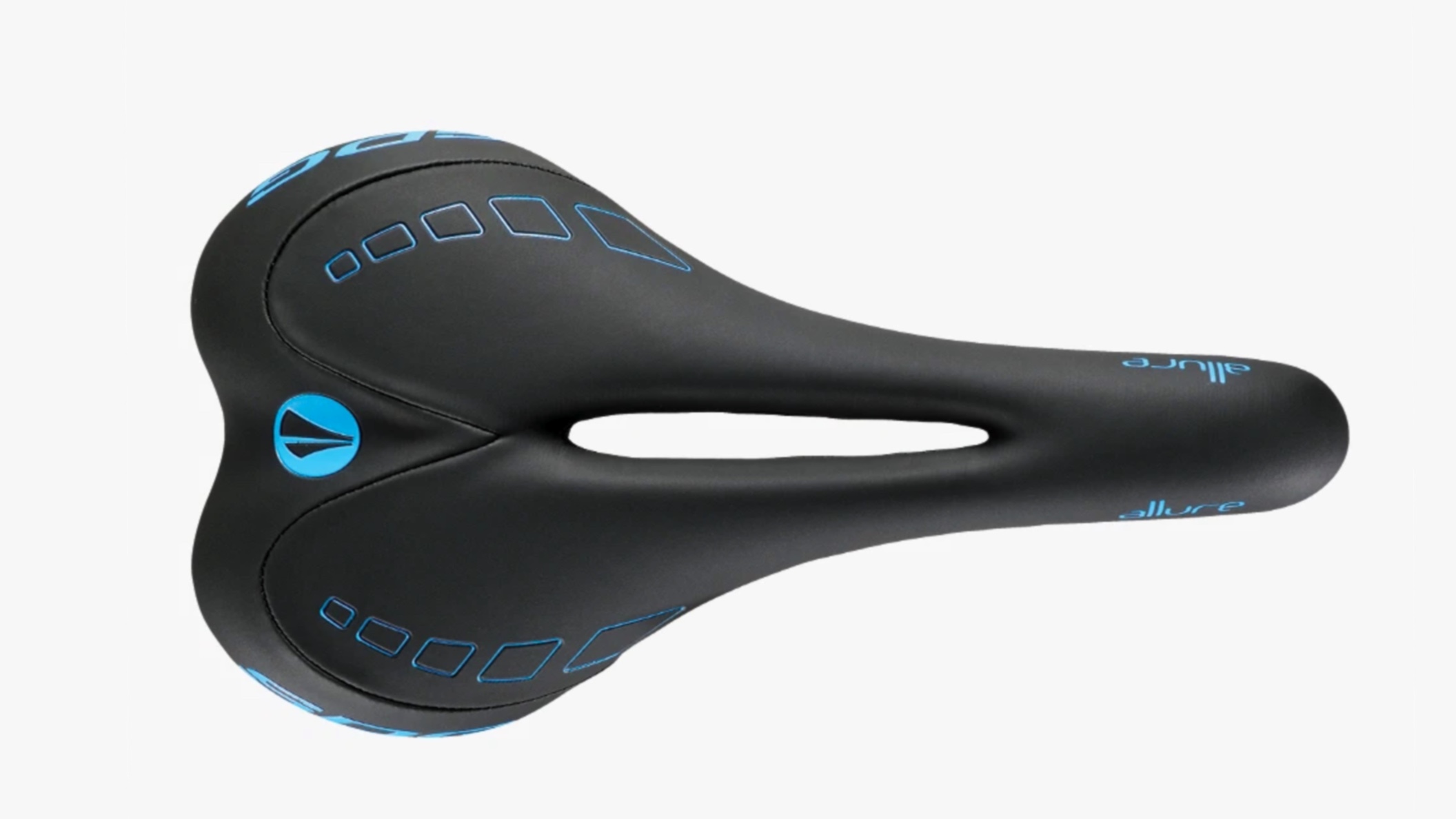
SDG Allure Ti
Specifications
Reasons to buy
Reasons to avoid
The SDG Allure Ti saddle is all curves, providing cushioned support with a relatively lightweight, due to the titanium saddle rails.
Ample and anatomically-matched foam padding provides a firmly cushioned base which is plenty comfortable. The central cut-out is relatively short and narrow, which will suit some rides but others might prefer more room.
The main platform has a curved cross-section length- and width-ways. If the saddle fits then your sit bones will be nicely placed on the thickest and most supportive part of the saddle; if not, you may find the angles this places your sit bones at uncomfortable.
Overall, when this saddle fits it’s incredibly comfortable, and one that after several hours of trail riding or exploring won’t make its presence felt, which is exactly what you want from a good saddle.
7. Best for long distances
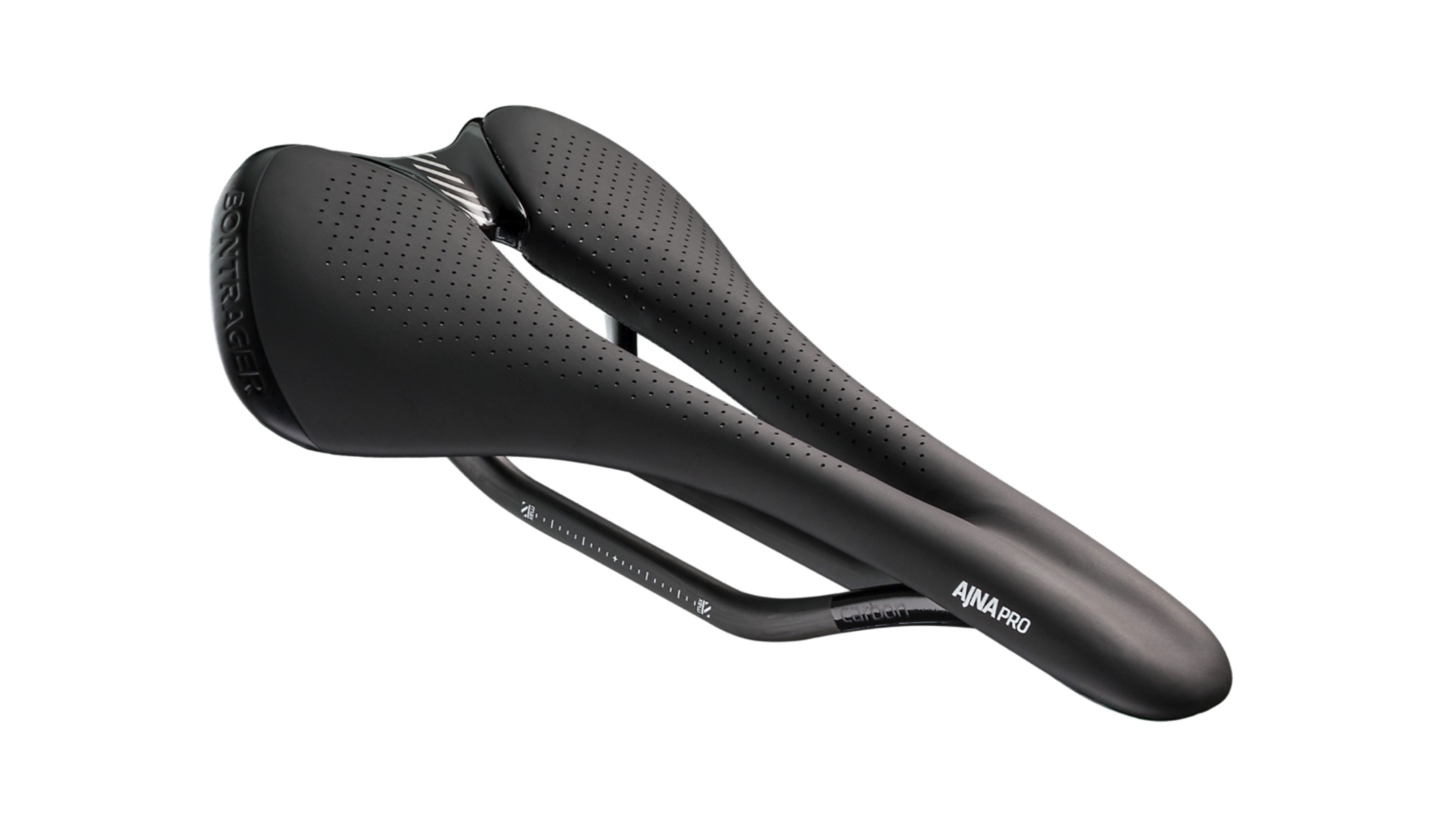
Bontrager Ajna Pro Carbon
Specifications
Reasons to buy
Reasons to avoid
For performance-focused mountain bikers looking for light components, a race-ready kit, or comfort over long distances or hard efforts, the premium Bontrager Ajna Pro Carbon is a great choice.
One of the longest women’s saddles on the market, the long flat nose with central cut-out makes prolonged periods of leaning forward and working hard on climbs a lot more comfortable on the undercarriage area. However the saddle flares from this narrow nose out to the winged rear platform, and as a result the midsection of the saddle is fairly wide which can catch on the upper thighs.
The rear platform area has a convex cross-section widthways, which when the saddle width fits the rider provides a great combination of sit-bone support while also making shifting position on the bike easy and comfy.
One important element to consider is the oversized carbon rails. While these contribute to the lightness of the bike and also help absorb vibrations, boosting comfort, they also require a specific seatpost clamp which can be bought aftermarket.
This is the range-topper, so if you like the saddle shape and features but want to spend less, there are cheaper models in the range.
What to look for when buying women's mountain bike saddles
What's the differance between mens, womens, and unisex saddles?
There are some general differences between the anatomy of cyclists born male or female; the genitalia or soft tissue is the most obvious one, but there are others. For example, women are often more flexible than men so will rotate the pelvis more while riding, so designers have increasingly been taking into account some of these factors when designing saddles for women. As a result, women’s saddles will often have a pressure relief channel or cut-out along the center to prevent putting weight on the soft tissue there, they may have a truncated nose with a downward tilt to help prevent pressure on the front genital area, and may have a more angular cut out at the wings of the saddle so the upper thighs don’t catch and rub on them as much. Many women find these make their experience more comfortable, though as with everything saddle-related, this won’t hold true for everyone; there are plenty of women who get on fine with unisex or men’s saddles, and many men who absolutely love saddles like the Specialized Power Mimic or the WTB Deva which were originally designed for women.
What size MTB saddle should I get?
The most important thing to get right in a saddle is the size, which bears no relation to the size of your bum. It’s more about the width of your sit bones, the two bony projections at the base of your pelvis, which is where all your weight concentrates when sitting, hence the name. The saddle should be wide enough so that both of these are supported at the same time. Most bike shops will help you measure your sit bone width although you can easily measure your sit bones at home. It’s just a case of sitting on a foam or thick cardboard and measuring the distance between the main depressions those bones make, then using this measurement to pick the saddle with the closest size.
Can I test a saddle before I buy one?
Since saddles are such a personal choice, and often a fairly big investment, getting it right can be a case of trial and error and most people are rightly concerned about the mountain costs of forking out on a number of saddles. Happily, many brands and bike shops will allow you a test period where you can ride the saddle, see how it feels, and if it doesn’t work for you you can return it and try something else. Ask the retailer if they’ll offer this service.
What are the saddle shells and rails made from?
The rails are the strips that get clamped to the seatpost, and the shell is the hard, supporting underside of the saddle. These can be made of various materials ranging from steel, at the entry-level price point, up to carbon. The advantage of carbon in premium products is partly weight; saddles can add a lot of weight to a bike, and carbon cuts this right down without compromising strength. That said enduro and and downhill saddles will often use metal rails as they are a bit more durable.
For the saddle shell, most saddles will use a nylon material as it's cheap and light. Carbon can also be engineered to provide additional support or damping to increase comfort.
How much padding do I need?
More padding unfortunately does not always equal more comfort, and bulky saddles can often end up rubbing and chaffing over longer rides because there’s too much material. Most saddles will have padding that’s made up of different densities of foam or gel that adds support or cushioning depending on where on the saddle it’s located.
Should I choose a saddle with a pressure relief channel or cut-out?
Most women’s saddles will have one or the other, and it’s mostly a question of personal preference. Cut outs mean there is nothing that can rub on the genitalia at all, though some find the pressure on the surrounding tissue too much and it also allows water and wind up and under. Pressure relief channels keep the elements away and provide a little support under the rider but some riders find it’s not out of the way enough.
Aoife loves a bike-based adventure, whether it’s out in the mountains on her MTB or exploring new places by road or gravel. She’s tested a LOT of bikes and kit, and is passionate about making cycling accessible for everyone. After all, it’s much more fun with friends, right?
Bikes currently owned: Juliana Maverick, Liv Devote
